Phillip J. Currie Dinosaur Museum officially opens
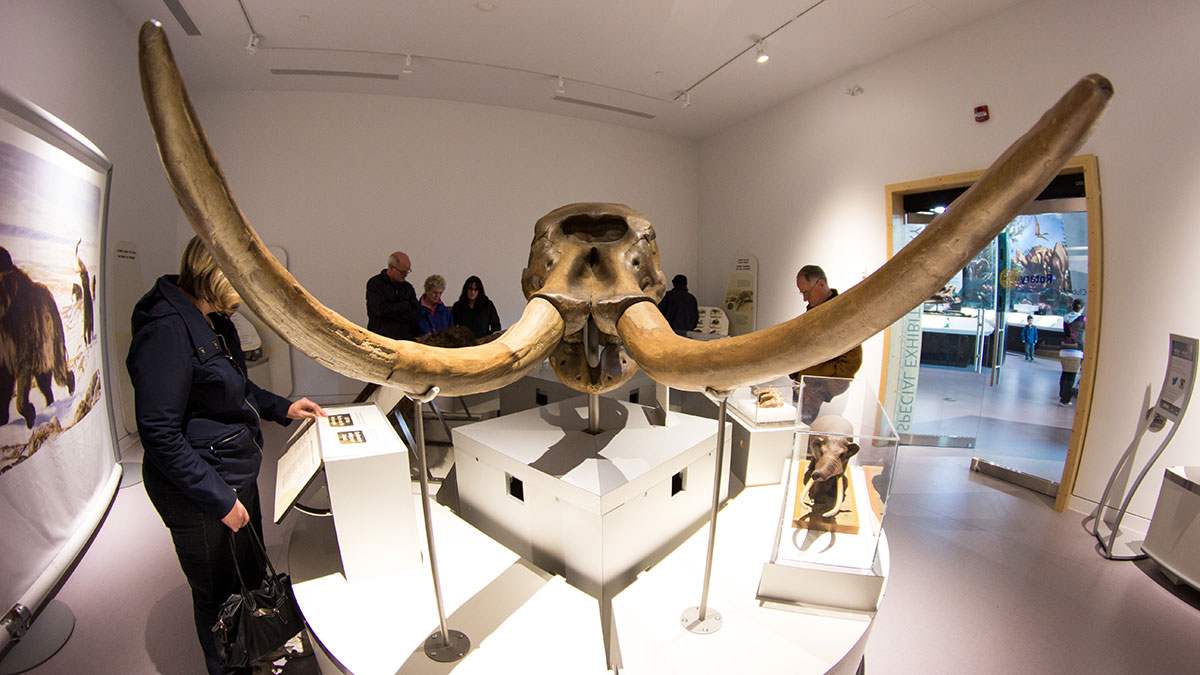 Kurtis Sarkonak
Kurtis SarkonakWhile driving through the Northern Alberta countryside, Philip J. Currie has to double take when he sees his name on a blue highway sign. He didn’t expect to honoured this way — being the namesake of a world-class dinosaur museum.
The Philip J. Currie Dinosaur Museum is a newly-opened facility soon to become a centre of research in paleontology. The museum is now open to the public, displaying galleries of dinosaurs, ice age animals, and a paleontology lab.
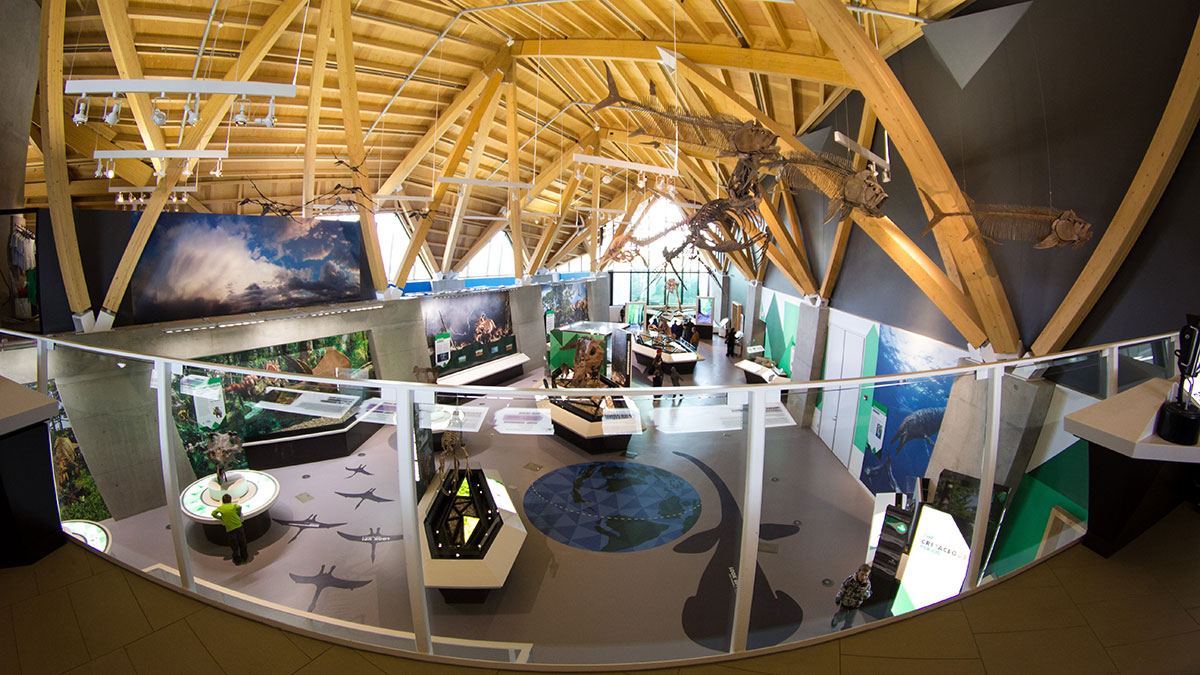
“I’m only up here for a couple weeks a year,” Currie said. “So by having a representative of the university here full-time, I’ll be able to work much more closely with GPRC.”
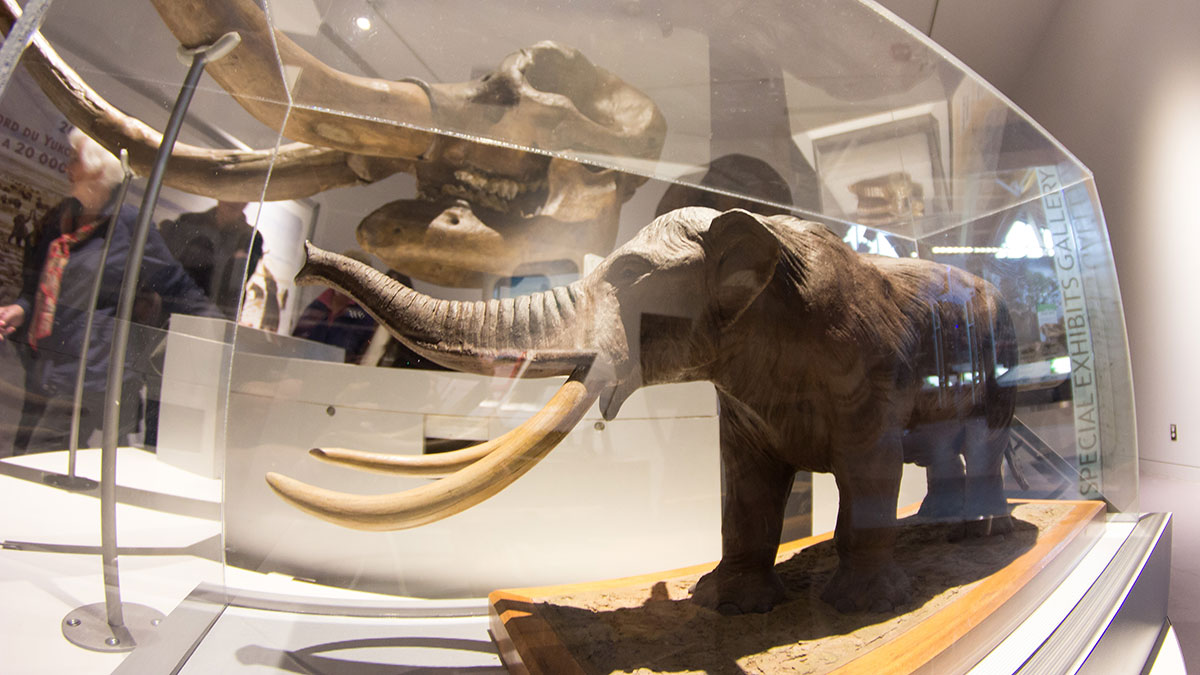
Hadrosaurs and ceratopsians are among the skeletons on display at the Currie museum — some adult specimens are even joined by juveniles. Other displays feature pterosaus (flying reptiles), marine reptiles, and small and large therapods (raptors and large tyrannosaur relatives). Special, non-bone fossils are also displayed, such as dinosaur skin impressions.
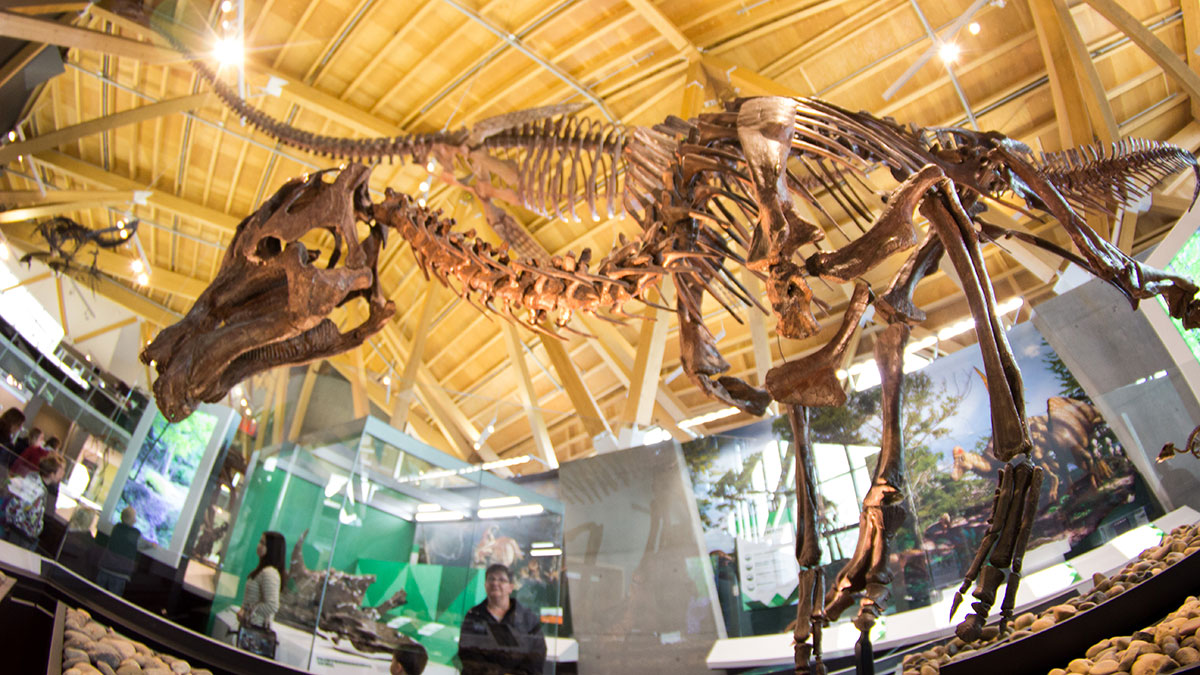
Currie’s role with the museum has mainly been advisory, he said. Paleontologists have been working in Northern Alberta for many years, and have discovered over 30 thousand fossils in the area. Alberta is a global centre for dinosaur fossils. The province’s first fossil was discovered in 1874, but all fossils back then went East, to established museums and collectors. Policies were put in place to stop material from going to American facilities, but a large amount still ended up leaving Alberta for Ontario. Alberta collections, for a long time, were only housed at the U of A. With the establishment of the Royal Tyrell Museum, collections started returning to where they had been originally found, in Alberta.
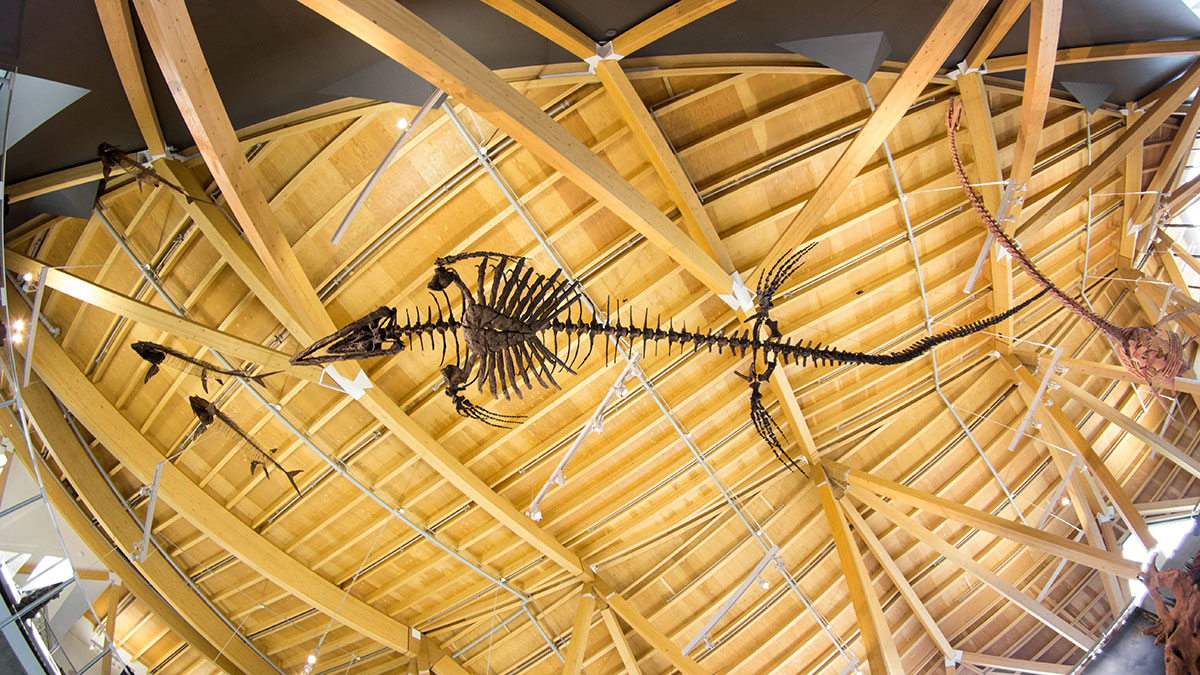
Many specimens from the Grande Prairie area are currently being housed elsewhere, like the U of A and the Tyrell Museum. The goal is to eventually move these specimens to be housed in the region they came from, Currie said.
“It makes sense to house the Grande Prairie collections in the Grande Prairie area,” Currie said. “We see this as a wonderful opportunity to not only develop paleontology regionally … but also at the higher education level as well as the public level.”
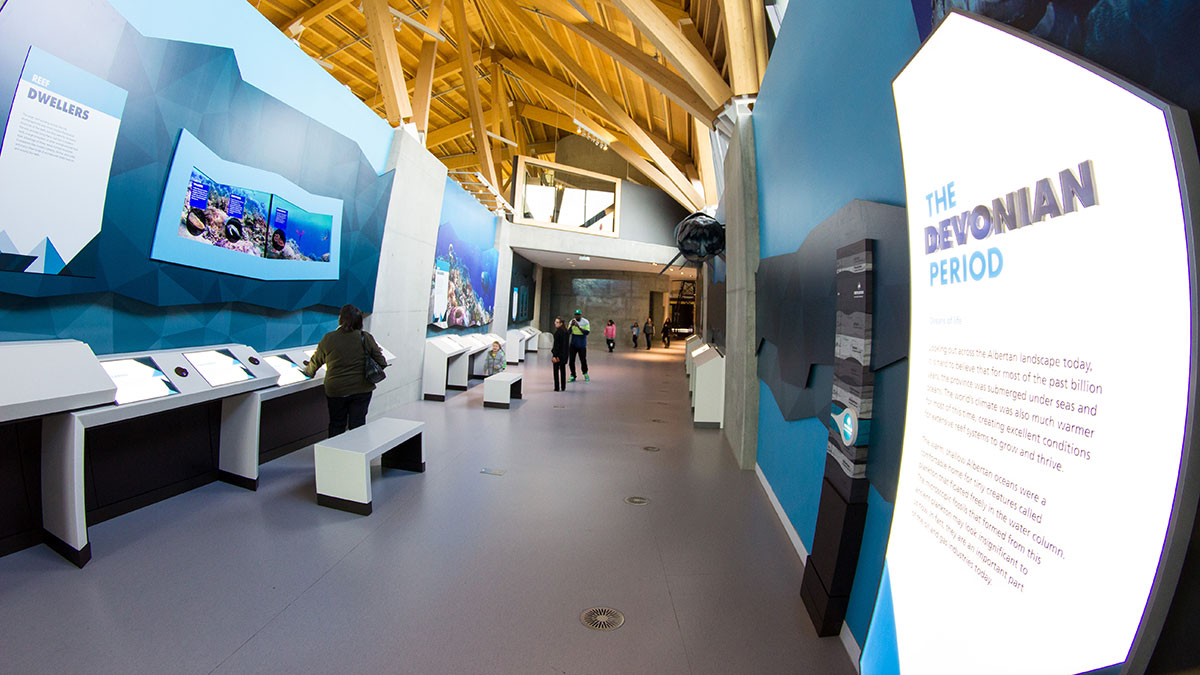
“The big technology that was going to save us (when we opened the Tyrell) was the fax machine,” Currie said.
Now with the internet, connecting to campus won’t be a problem, he said.
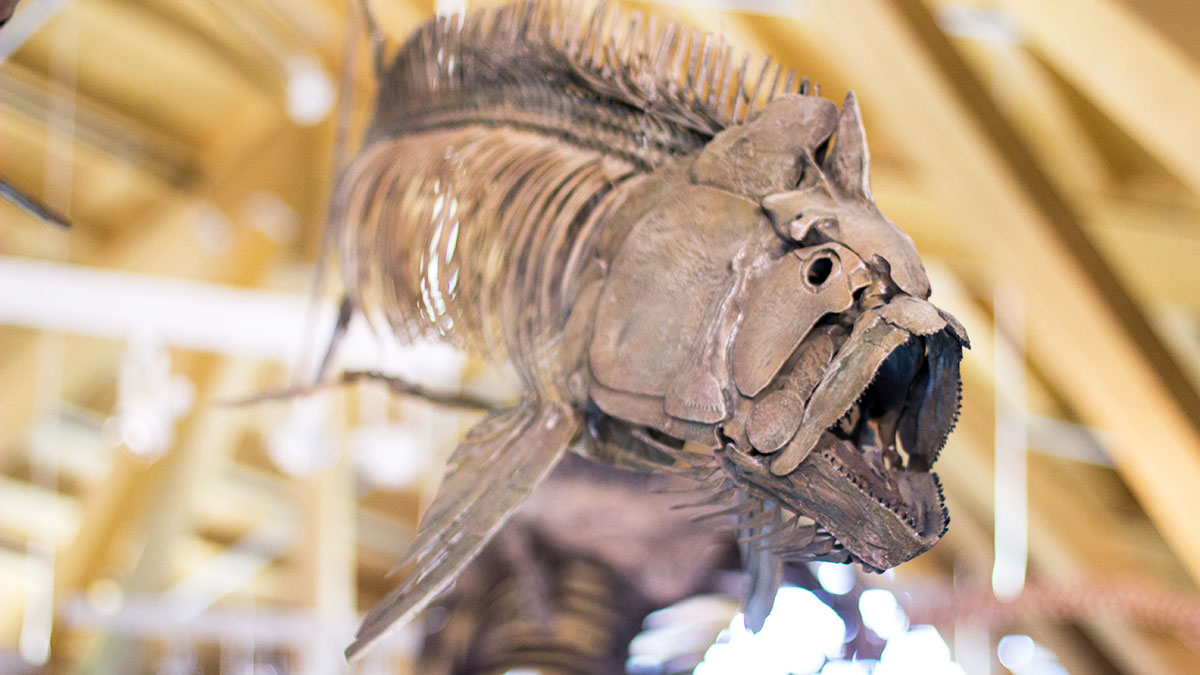
“You have the potential of displaying dinosaurs in a very different way,” Currie said. “We could eventually bring in a big sauropod if we wanted.”
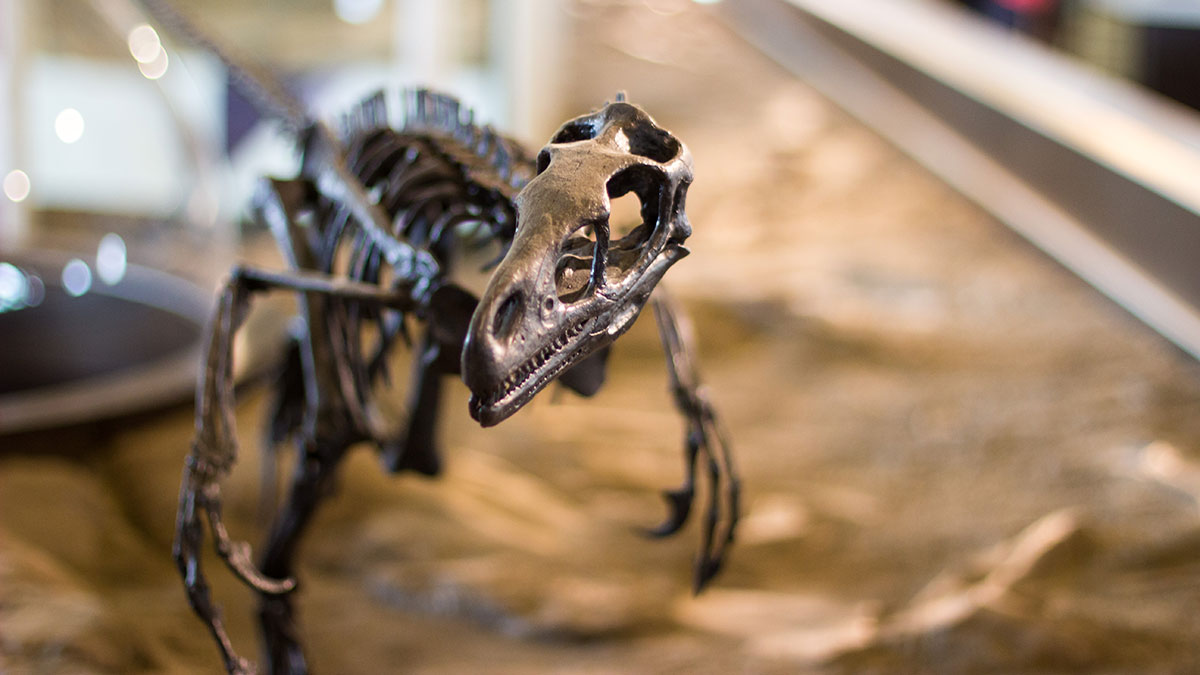
The U of A has been an international centre for dinosaur research especially due to the past 35 years of Currie’s tenureship, U of A President David Turpin said.
“The establishment of the Philip J. Currie Professorship in Paleontology at the museum will ensure that we remain at the forefront of this discipline,” he said.




